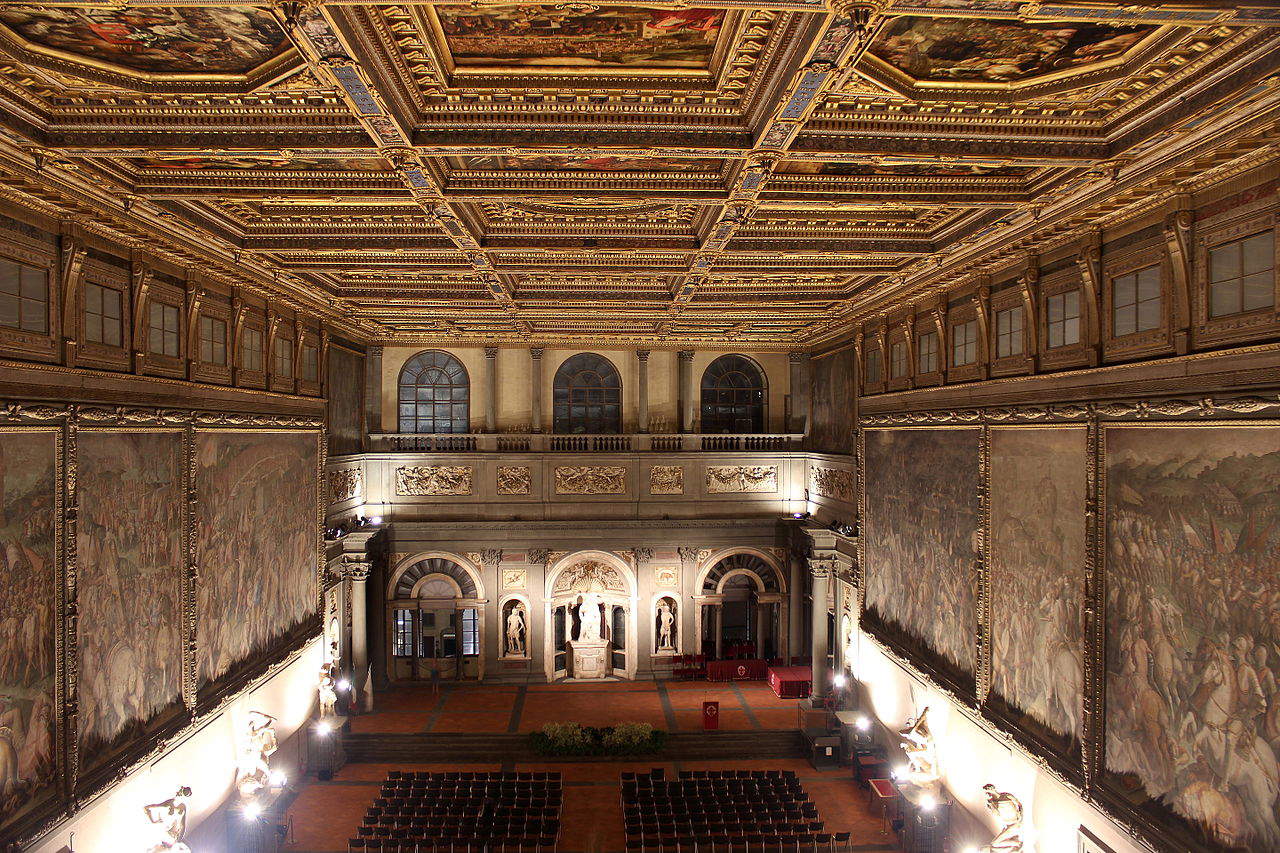From erosion to collapse: the dangers of free culture
Article originally published in El PaÃs, translated and published by Finestre Sull’Arte courtesy of the author.
If someone who has never heard of the pandemic had looked at my Twitter profile these days, they would probably have come to the conclusion that “coronavirus” is the name of some artistic current characterized by cultural bulimia. In fact, even before the stay-at-home requirement was decreed, there was a huge amount of suggestions, lists and links circulating with all kinds of novels, comics, movies, concert videos, educational resources and virtual exhibitions. But surely this is a minority bubble. The truth is that a lot of people, starting with those with dependents, now have a lot less free time than they did before the restrictive measures. But, in any case, publishers, museums, art centers, professors, periodicals, record companies and artists themselves have joined in this cultural orgy by releasing all kinds of free content.
Some voices have been very critical of this voluntarism. First of all, because it turns into a kind of slumber party a situation that is dramatic for the lonely elderly, for those with psychiatric disorders, for families with small children cooped up in tiny apartments. Second, because it is rather exclusionary: goodwill is for those who can afford it. While some big publishing houses were making their best sellers available for free, a friend who works in a chain of bookstores was telling me that she was about to go on ERTE [a kind of layoff, ed.] And there are also those who see, in free access to content, a marketing operation, a kind of “viruswashing.” Personally, I think the latter criticism sins with cynicism. I have no doubt that there are vultures in finance who are already making calculations to turn this massacre into a business opportunity, but I am also convinced that most of the people, companies and institutions who provided free access to their content wanted to contribute, in good faith, to help in a critical situation.
 |
| The Salone dei Cinquecento in the Palazzo Vecchio in Florence. Ph. Credit Miguel Hermoso Cuesta |
On the other hand, however, it is likely that this cannonade of generosity is the swan song of an industry that barely survived the 2008 crisis. The pandemic is functioning as a kind of magnifying glass acting on our social reality. It forces us to see, minute by minute, the consequences, normally spread out over time, of health care cuts; to observe, all in concentration, the daily horror of privatized nursing homes for the elderly; to discover that we used to call “hearth” an inhospitable place where we sink between workdays. And the same happens with culture. Over the past decades, the cultural sector has often been described as a first-rate “economic engine,” a source of innovation and learning that would help us discover new sources of value creation in the knowledge society. I have some admiration for those who now manage to peddle such nonsense to us without a chuckle. To be sure, digitization, monopolistic concentration and cuts in public spending have gradually destroyed a very large portion of the traditional livelihoods of the cultural sector, and there have been no substitutes. All the rhetoric of free dissemination of culture, new means of distribution and digital accessibility have always concealed an awkward question: how do you make a living from free culture? There are two answers: either you own Spotify, or you work as a waiter. “Cultural industries” is a pompous name that hides a much darker reality: the vast majority of companies dedicated to cultural mediation and production are small, very precarious self-employment ventures. Just as has happened in health care, the pandemic has turned erosion into uncontrolled collapse.
We may be on the doorstep of another major economic recession with still devastating consequences for the cultural world. It is likely that there will be massive state intervention, at least in some of the key economic sectors. The free market paradigm had been a living dead since 2008; the coronavirus incinerated it. Now the question is not whether there will be public intervention, but what political characteristics it will have. The future of professional cultural production also depends on this dilemma. If public interventions, as happened in 2008, end up chasing events trying to buy time in order to shore up a system that is falling apart, culture will be part of the ballast that will be deemed acceptable to dump in order to save banks and big business. If, on the other hand, we have the audacity to explore other possibilities, if we try to get out of this catastrophe by initiating an egalitarian process of rapid smercantilization and economic democracy, things might be different. So, perhaps we could envision public alternatives that challenge the monopoly power of content distribution platforms, that seek remuneration mechanisms that are fair and reasonable for authors and mediators and linked to the public utility of their work, that nationalize copyright organizations in a way that serves the public interest, that promote cultural cooperativism and protect non-professional cultural practices.
Warning: the translation into English of the original Italian article was created using automatic tools. We undertake to review all articles, but we do not guarantee the total absence of inaccuracies in the translation due to the program. You can find the original by clicking on the ITA button. If you find any mistake,please contact us.





























